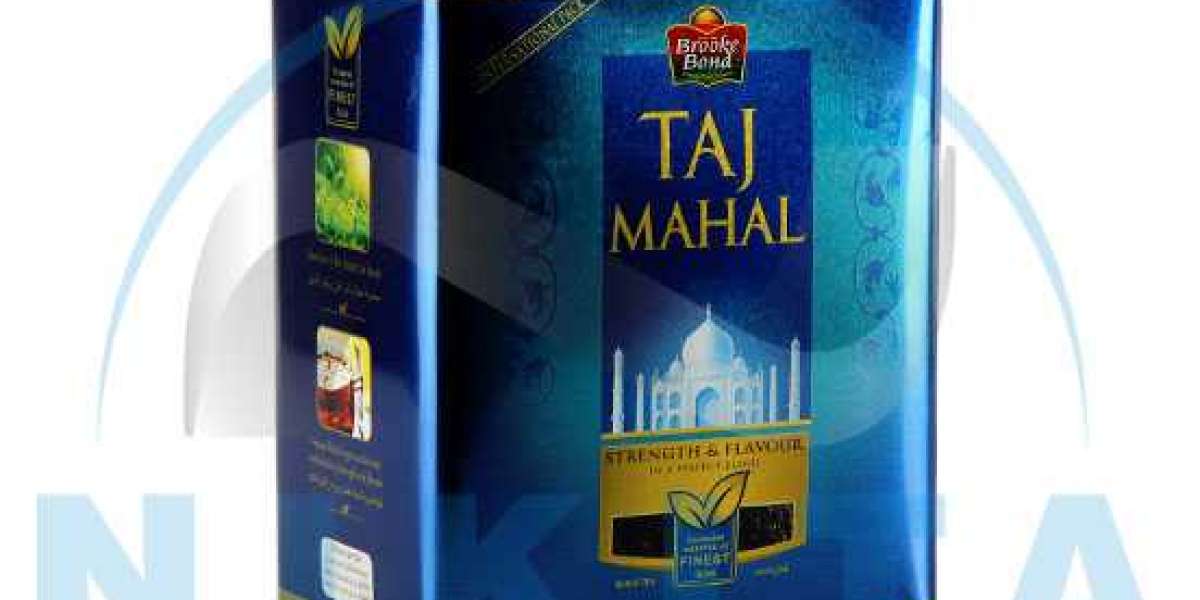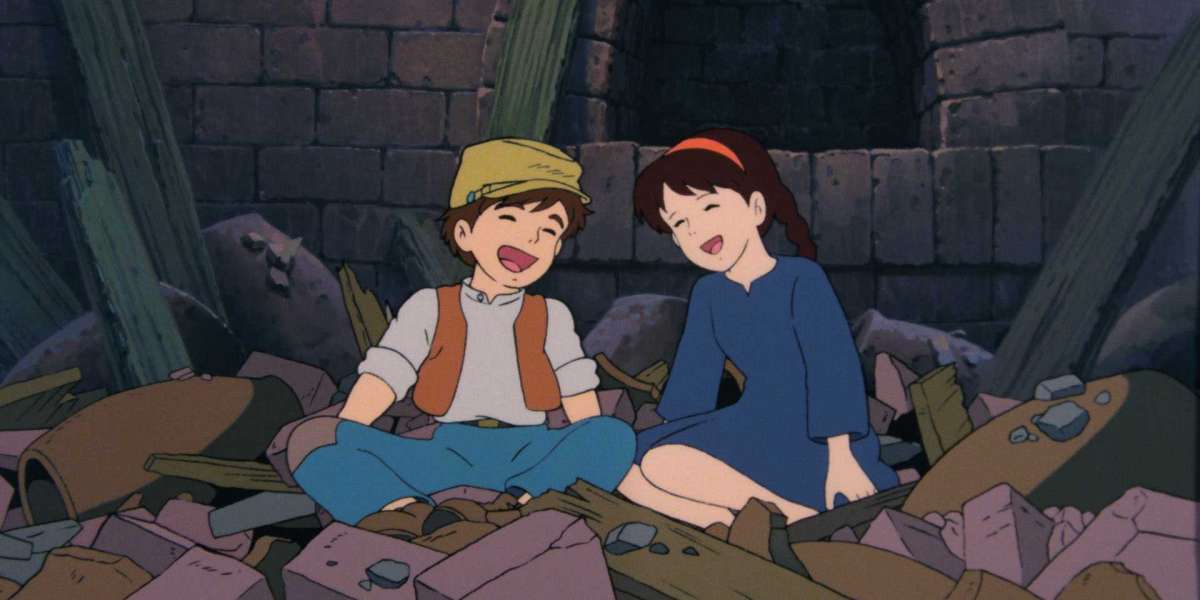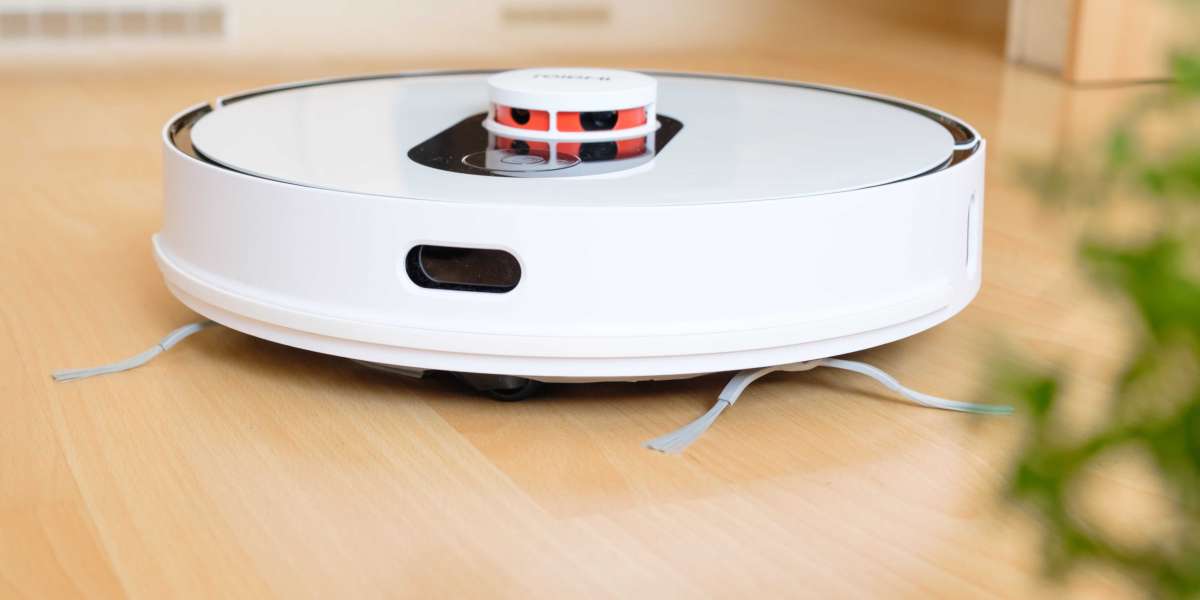Tea has been an essential part of global culture for centuries, and the way it is stored has evolved significantly over time. Among the various ways to store tea, tea tins have remained a favorite for tea enthusiasts around the world. The history of tea tins is as rich and varied as the tea itself. From their humble beginnings as simple, utilitarian storage containers to the intricate, decorative tins of today, the evolution of tea tins reflects both the changing needs of tea drinkers and the growing appreciation for design and sustainability.
The Origins of Tea Tins: Practical Beginnings
The story of tea tins begins in the 19th century when tea was becoming an increasingly popular commodity. Before the widespread use of tea tins, tea was often stored in fabric pouches, wooden chests, or simple paper packages. These methods were effective at keeping the tea contained, but they didn’t offer much in terms of protecting the tea from the elements.
As the demand for tea grew, especially in Europe and North America, there was a need for more reliable, long-lasting storage options. It was during this period that the tea tin as we know it started to take shape. The earliest tea tins were made from tinplate—thin sheets of steel coated with a layer of tin to prevent rusting. These metal containers offered better protection against light, moisture, and air, which are the main culprits in deteriorating the quality of tea. The airtight seal of the early tea tin was revolutionary, keeping the tea fresher for longer periods.
Initially, tea tins were functional but not particularly decorative. They were primarily designed to keep tea dry and fresh, with little attention given to aesthetics. These early tins were often plain, featuring simple designs with minimal decoration. The primary focus was on practicality rather than visual appeal, as they were intended for merchants and consumers alike to store tea without spoilage.
The Rise of Decorative Tea Tins: The Early 20th Century
As the 20th century approached, the use of tea tins became more widespread, and manufacturers began to realize that packaging could play a role in attracting consumers. With the development of more sophisticated printing techniques, tea tins began to take on a more decorative appearance. The rise of mass production and the increased popularity of tea in Western markets led to the creation of tins that were not only functional but also visually appealing.
During this time, many tea companies began to incorporate branding and logos into their tins. Graphics, labels, and vibrant designs adorned the exterior of tea tins, marking a shift from utilitarian to more ornamental packaging. These decorative elements helped create a connection between the brand and the consumer, as tea tins began to serve as advertising tools as well as storage containers.
In addition to branding, tea tins also started to incorporate cultural and regional motifs. For example, British tea companies often featured traditional images of British landmarks, while Asian tea tins incorporated elements of Chinese or Japanese art. The popularity of these decorative tins made them highly collectible, and many people began to appreciate the design and artistry that went into their creation.
This period marked the beginning of the “vintage” tea tin era. Many tea tins from the early 1900s are now considered valuable collector’s items, with their intricate designs and historical significance making them cherished pieces for tea lovers and antique enthusiasts alike.
The Mid-20th Century: The Advent of Mass Production
In the mid-20th century, tea tins continued to evolve with the advent of mass production techniques. Companies began to produce tea tins in large quantities, making them more affordable and accessible to a wider audience. During this time, the design of tea tins became even more sophisticated, with printed tins featuring detailed illustrations, bold colors, and more creative packaging styles.
One of the notable trends during this period was the development of “limited edition” tea tins. These were often released to coincide with specific events, holidays, or marketing campaigns. Limited edition tins became highly sought after, with some even becoming collector’s items after they were no longer in circulation. These collectible tins helped cement the idea that tea tins were not just functional objects but also valuable items that could be appreciated for their design.
At the same time, the growth of the global tea trade meant that tea tins began to take on international influence. Tea brands from around the world, including those from India, China, and Sri Lanka, produced their own unique tea tins that reflected their cultural heritage. These tins often featured elaborate designs, traditional symbols, and distinctive colors, further diversifying the variety of tea tins available on the market.
The Shift to Modern, Eco-Friendly Tea Tins
As the world entered the 21st century, the evolution of tea tins took a new direction. The focus shifted toward sustainability, environmental responsibility, and health-conscious consumerism. With the growing awareness of the harmful effects of plastic on the environment, there was a strong push toward eco-friendly packaging materials. Tea tins, with their durable, recyclable metal construction, emerged as an ideal solution.
Modern tea tins are not only made from sustainable materials but also often feature airtight seals to preserve the freshness of tea for longer periods. Many tea companies now emphasize the eco-friendly nature of their packaging, positioning tea tins as an environmentally responsible alternative to plastic bags and containers. In addition to their sustainability, these modern tins come in a variety of sleek, minimalist designs, catering to today’s consumers who value both functionality and aesthetics.
One of the most significant trends in contemporary tea tins is the use of modern, clean lines and minimalist designs. These tins often feature simple, elegant graphics and a limited color palette, offering a more understated, yet stylish appearance. These modern tins appeal to tea drinkers who prefer a more refined, contemporary aesthetic. They also serve as great gifts, as they are both functional and visually pleasing.
In addition to modern, minimalist designs, there has also been a resurgence in vintage-inspired tea tins. While contemporary designs are popular, many tea companies are embracing nostalgic elements and re-releasing classic designs from the early 20th century. These vintage-inspired tins evoke a sense of nostalgia while also offering the functionality and durability that modern tea drinkers expect.
Collecting and Repurposing: The Future of Tea Tins
As tea tins continue to evolve, one trend that remains unchanged is their collectibility. Vintage tea tins from earlier decades are still highly sought after by collectors, and many companies continue to produce limited-edition tins with unique designs. Collecting tea tins has become a hobby for many tea enthusiasts, and the value of certain vintage tins has increased over time.
In addition to collecting, there has been a growing trend of repurposing tea tins for creative DIY projects. People have found new uses for these charming containers, transforming them into everything from planters to desk organizers. The durability of tea tins makes them ideal for repurposing, and their aesthetic appeal ensures that they continue to be valued even after their original use as tea storage has ended.
Tea tins, whether vintage or modern, continue to be a beloved part of tea culture. Their evolution from simple storage containers to stylish, collectible items reflects both the growing appreciation for tea and the changing values of consumers. Today’s tea tins not only preserve the freshness of tea but also serve as decorative pieces that enhance the tea-drinking experience. As tea culture continues to evolve, so too will the design and function of tea tins, ensuring that they remain a cherished part of tea history for generations to come.








